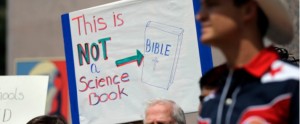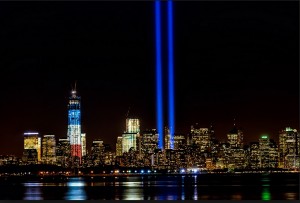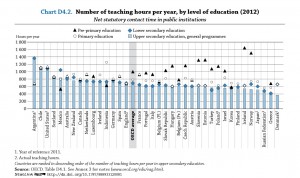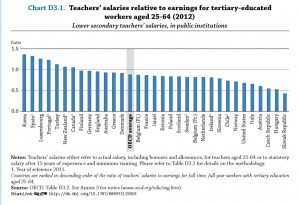Dear Commons Community,
eCampus News has a summary of a white paper prepared by a panel of fourteen college executives assembled by the American Council on Education (ACE). According to the paper, the panel identified several key shifts occurring in higher-education today, thanks to evolving technologies; and it’s these key shifts that will shape the future of institutions.
“The rise of the content commons: This refers to open resources and its products, such as MOOCs, video modules, open courses, and on-demand online assistance and expertise. Mobile devices play into this shift, as well as new work and social space designs. Ultimately, this trend “will encourage deeper changes in existing pedagogy, not just the transfer of existing practices to new modalities,” says the paper.
Actionable data streams: Thanks to the prevalence of big data and advanced analytics, student learning can now be highly customized and personalized. Institutions can also use these technologies to identify potential drop-outs and reduce retention, as well as use technologies like eye-tracking software to make instant adjustments to materials that students may find boring.
‘Socialstructed’ work and new work skills: As more companies and jobs look for skills rather than degrees, work is becoming de-institutionalized and a new generation of digital platforms is allowing student skills [badges and ePortfolios] to be showcased. ‘Socialstructing’ is a form of value creation that involves aggregating micro-contributions from large networks of people using social tools and technologies, and many innovative jobs are becoming more ‘socialstructured.’ “Within this model, people, not just institutions, more directly participate in the value they create,” explains Sandeen. “Assuming this ‘socialstructuring’ model continues to evolve, more traditional colleges and universities may find themselves rethinking the kind of skills and knowledge they need to provide their students—both individually and collaboratively—in order to thrive in such as world.”
Alternative assessment and credentialing: Concepts like seat time, credit hours, and a unified institutional degree program are being questioned, says the report, as demonstrated skills through badges and other digital credentials begin to take precedence with companies such as Google. “As credentialing is a core function of colleges and universities, the emerging alternative credential trend will be important to track,” says Sandeen.
Based on these key shifts, as well as keeping in mind the concepts of affordability and student centricity, the college and university presidents discussed what may be the future of institutions in four distinct models:
1. The historic liberal arts college
Though the paper says that many institutions will not be able to make the transition to the new higher-ed ecosystem, those that do will enhance what they offer through evaluated and customized use of technology—though it will not be scalable and will instead thrive on its idiosyncratic nature. The model will attract students who value the liberal arts, as well as a certain prestige. The model will also limit its offering to undergraduate degrees, while offering advanced learning tools and new spaces, and will require financial support through endowments.
2. The greater community college
This model will serve an even greater segment of the community and will focus on improved access, smaller modules and “boot camps to build student portfolios and achievements that meet the personal learning goals determined by each individual student,” notes the report. Competency-based education, as well as multiple pathways fueled by analytics, diagnostics and goal advisors will be stressed, and the model will also build a “volunteer pipeline from within the larger geographical community, connecting retired workers from the large baby boomer cohort with students to serve as tutors and mentors.”
3. The entrepreneur’s institution
A new model for higher-ed, this will attract aspiring entrepreneurs by doing away with traditional tuition in favor of the institution taking an equity stake in new ventures launched by students and provide a screening process to evaluate business plans. “Venture capital firms will invest in the university in exchange for early access to its students and their discoveries,” describes the report. “The physical campus in this model would offer high-immersion live/work spaces, ample networking events, mentorship, and spontaneous group meetings.” Instead of traditional degrees, credential portfolios would support student career paths “throughout their lives.”
4. The corporate and global learner’s institution
Like Netflix for higher-ed, this for-profit model will charge a monthly subscription fee by offering the equivalent of “frequent-learner point and rewards,” says the report. Using an online platform with skills-gap training for globally-recognized credentials, the online experience will be supplemented with interactive gaming for team-building as an alternative to traditional athletics at brick-and-mortar institutions. “The institution will partner with corporations, state governments, and foundations to identify skills needed in the workforce and to match individual students with job opportunities that align with their competencies and interests.”
This is interesting reading and provides a glimpse at new models but it will take a while for these models to evolve. They will also likely exist with other “traditional” higher education institutions for many years to come.
Tony






